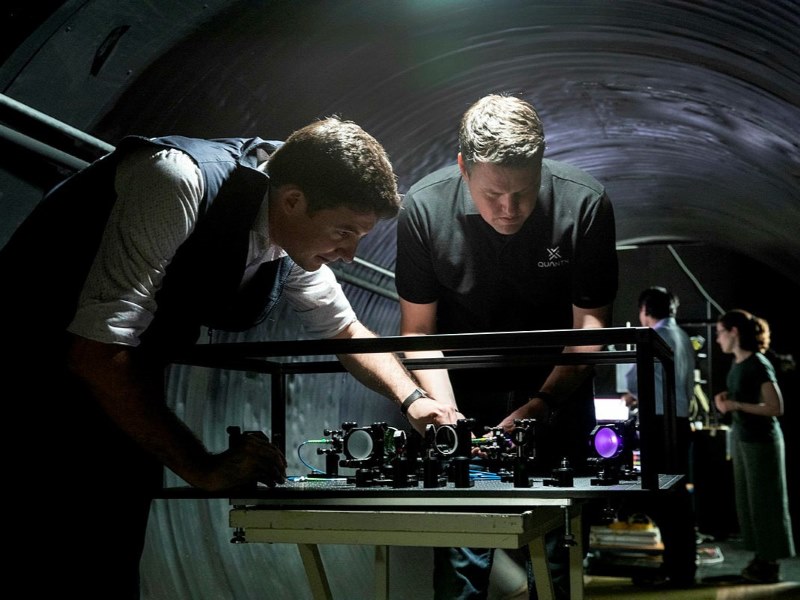Quantum clock maker QuantX Labs is preparing to launch a key component of its optical atomic clock into space for the first time to test the reliability and performance of the sub-system.
The world-first launch of the optical frequency comb, dubbed “TEMPO”, aboard a SpaceX mission and on a spacevan vehicle from French space logistics company Exotrail will take place in December at the earliest.
TEMPO was developed with the support of a $3.7 million Moon to Mars grant from the federal government in 2023, one of a number of federal grants secured by the Adelaide-based company.
Applications of the breakthrough technology go beyond high-performance timing, including deep-space communications, navigation, positioning and synchronised Earth observations.
QuantX Labs co-founder and managing director Andre Luiten said the launch “represents not only a breakthrough for our TEMPO technology but also the culmination of countless hours of hard work by our engineers and physicists”.
“We have managed to deliver this outcome in much less time and at much less cost than is traditional. We are incredibly proud of what we’ve achieved and excited to see Australia take a leading role in space-based precision timing,” Professor Luiten said.

In addition to federal grants, QuantX is also working with Defence under a $2.7 million contract to accelerate its own development of quantum for precision navigation under AUKUS Pillar II.
This week, the Defence Science and Technology Group (DSTG) also disclosed a new quantum research project, which aims to help frontline troops operate more securely in contested battlefields when GPS is degraded or denied.
Quantum technologist Ben Sparkes explained that one such technology is Quantum-Secured Time-Transfer (QSTT), a signal that is impossible to spoof, due to the laws of quantum mechanics, and is very difficult to jam or even detect.
The technology is expected to allow DSTG to create and deliver one of the hardest components of a quantum-secure timing network: a ground-to-satellite optical quantum link that will “provide literally pin-point precision,” Dr Sparkes said.
Chief Defence Scientist Tanya Monro said quantum technology presents unique opportunities for Defence, and is one of six Innovation, Science and Technology (IS&T) priorities in the 2024 National Defence Strategy.
“Defence continues to leverage emerging disruptive technologies, like quantum, to provide a capability edge for our soldiers, sailors and aircrew,” Professor Monro said.
“This collaboration means we are not only contributing to the sovereign IS&T ecosystem, but also providing a clear pathway from concept to capability for the technology.”
Do you know more? Contact James Riley via Email.
